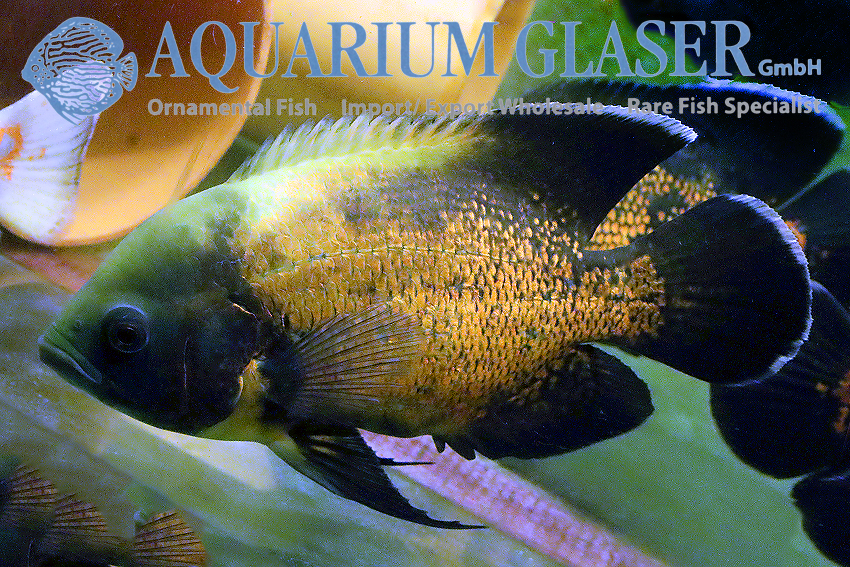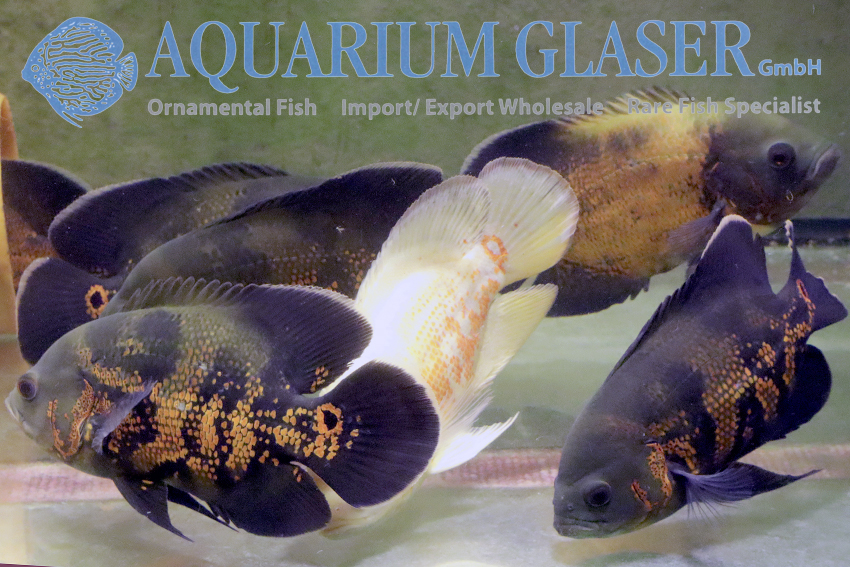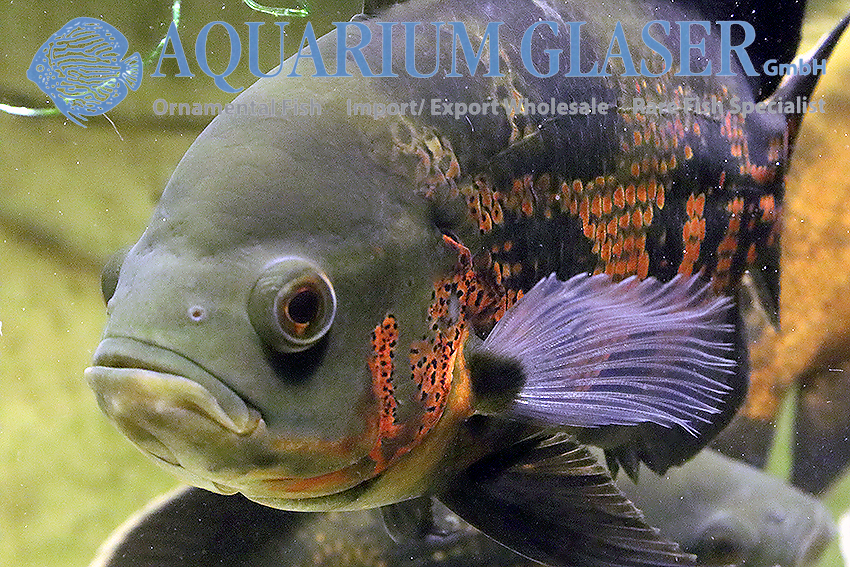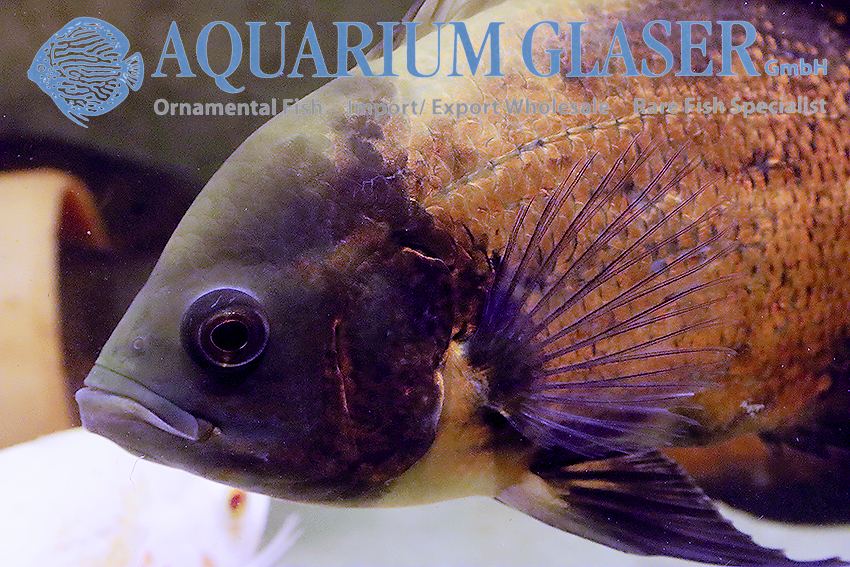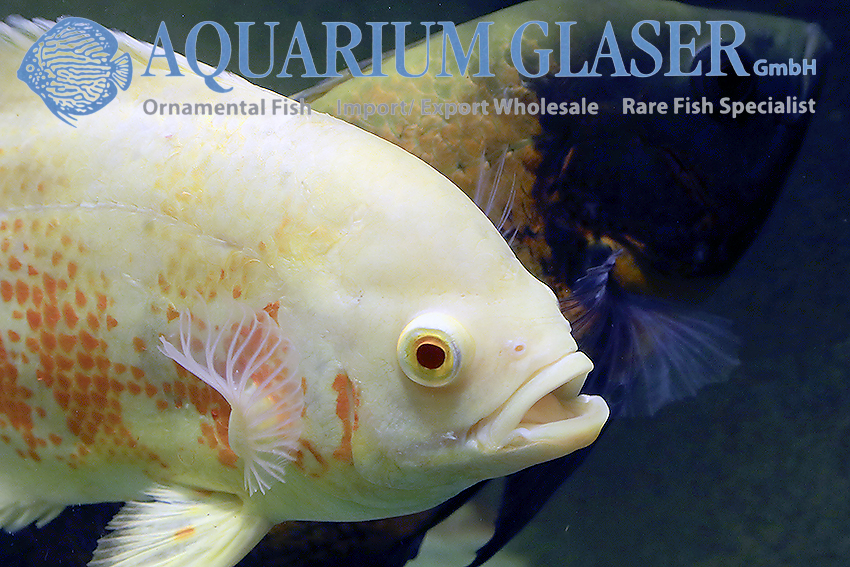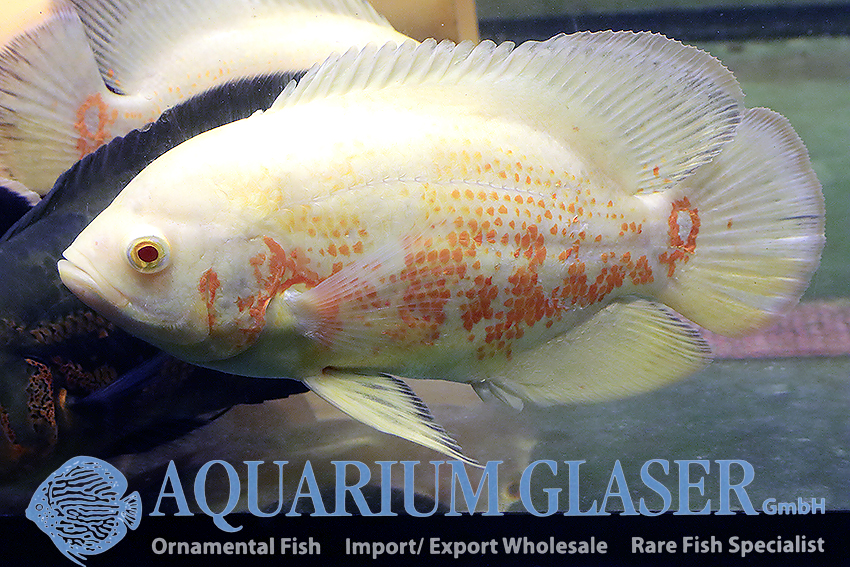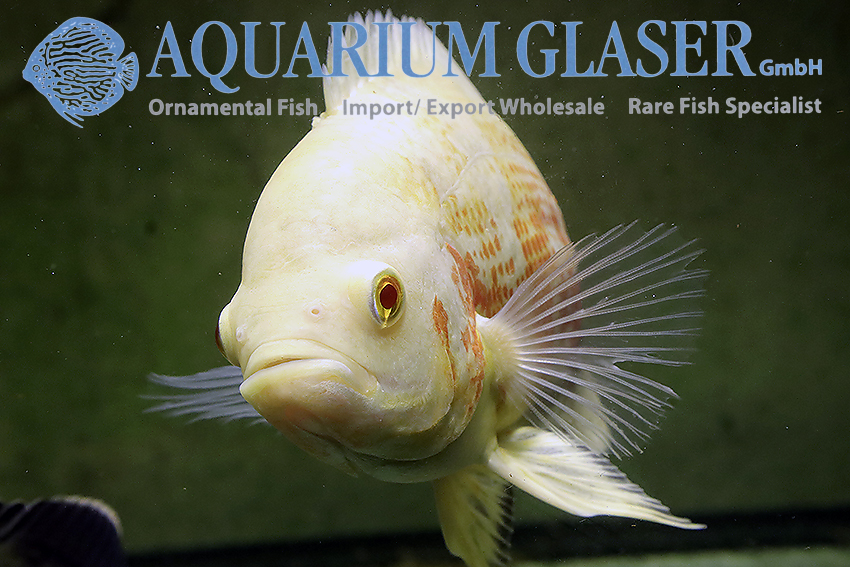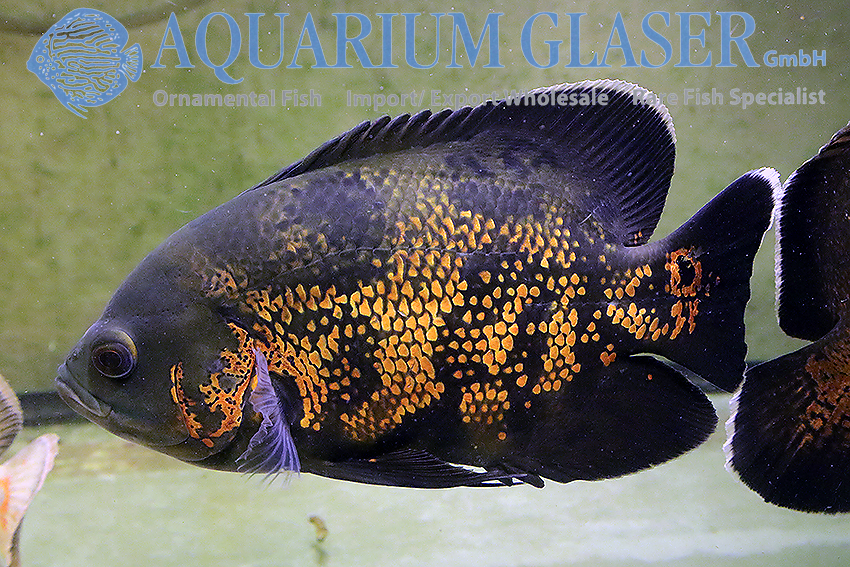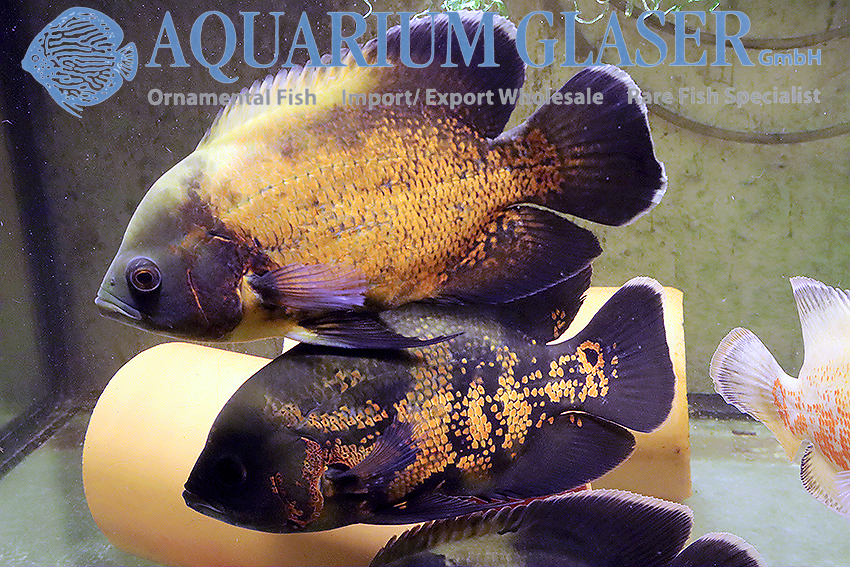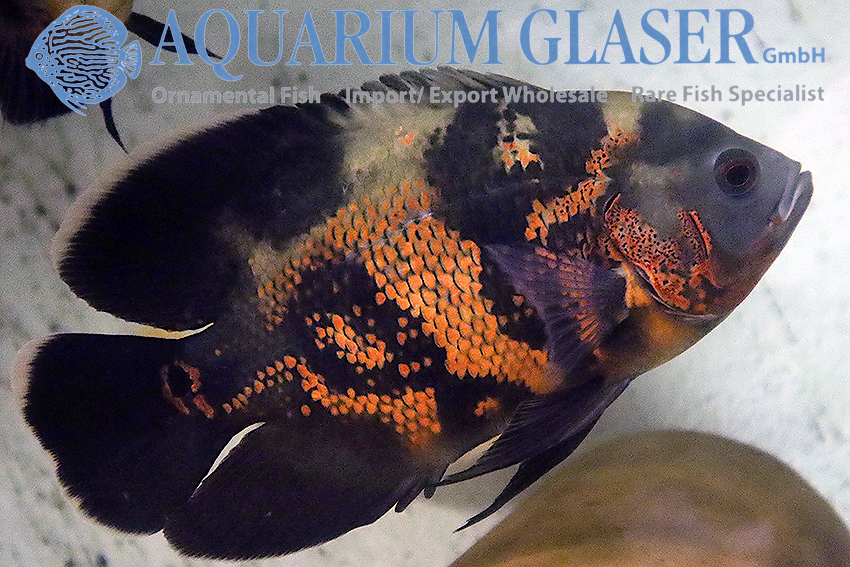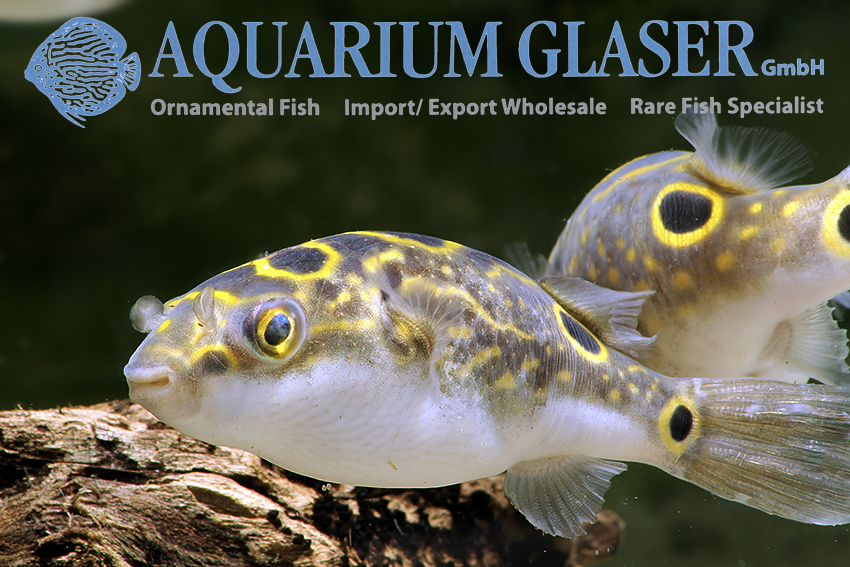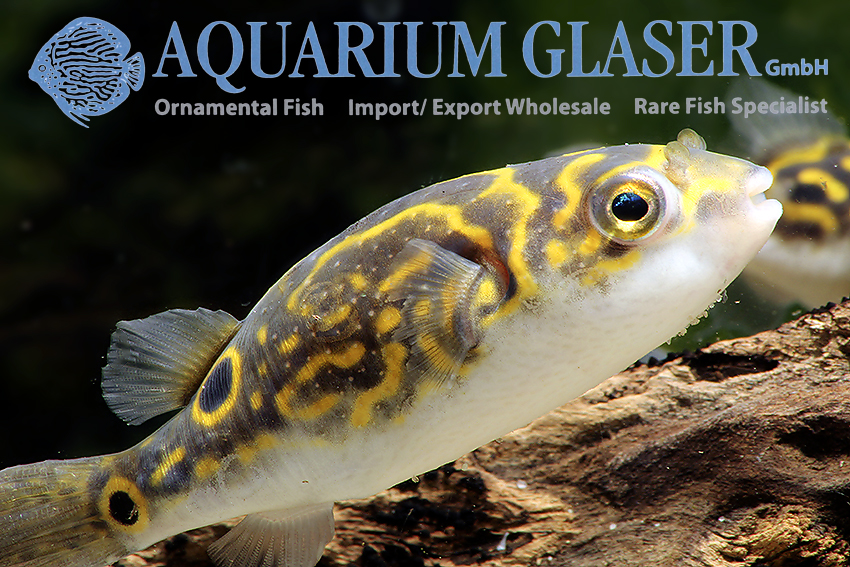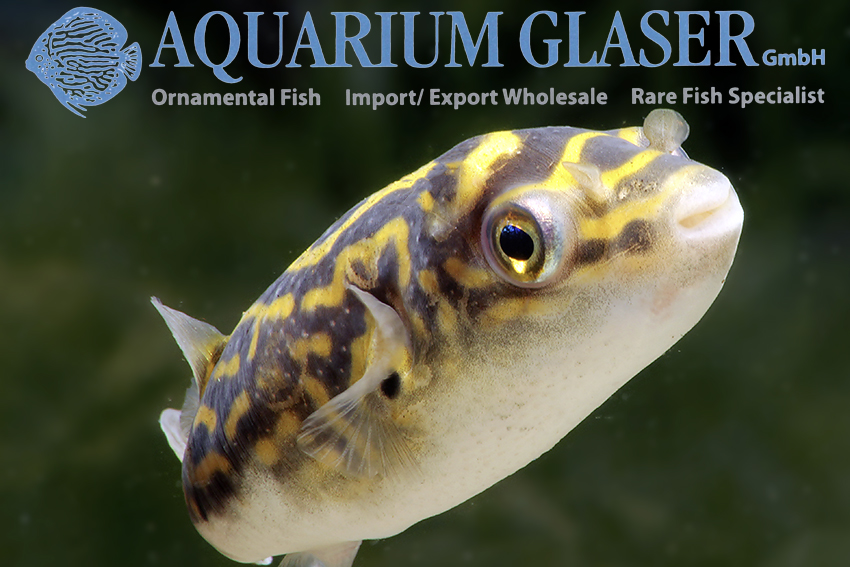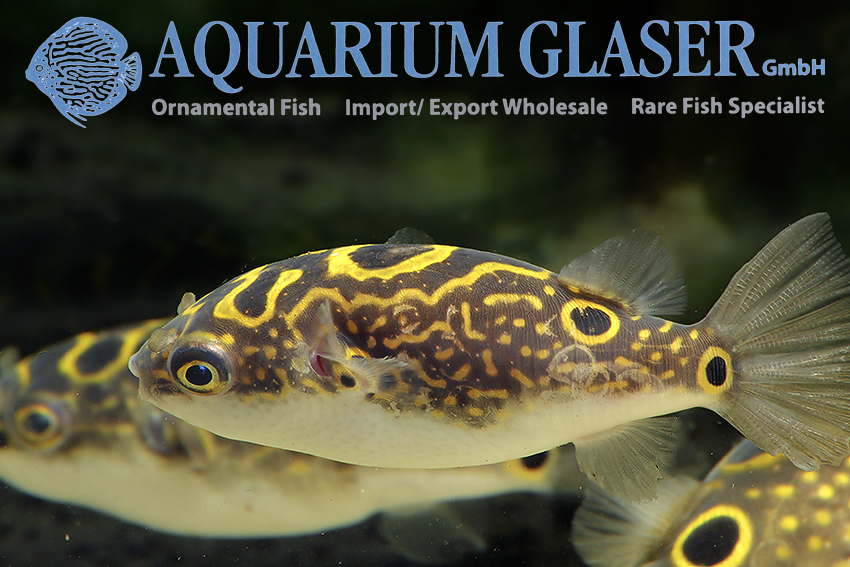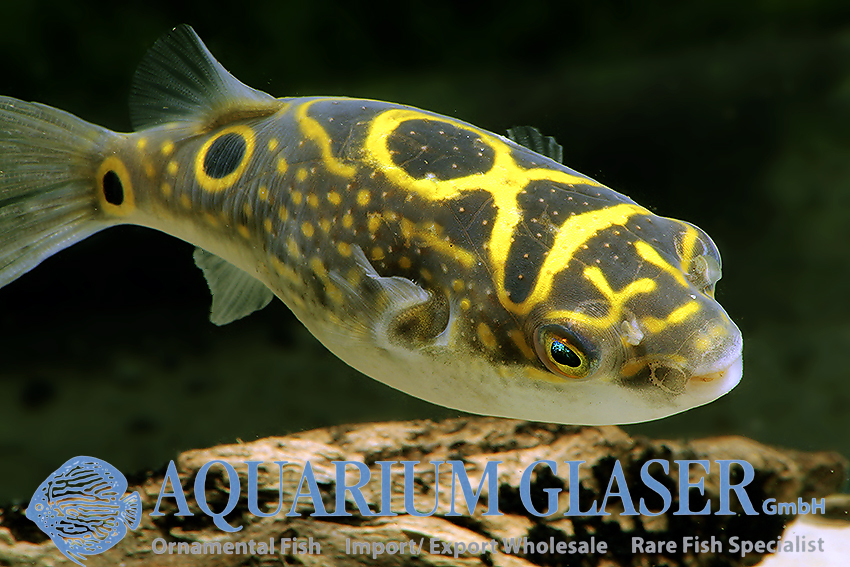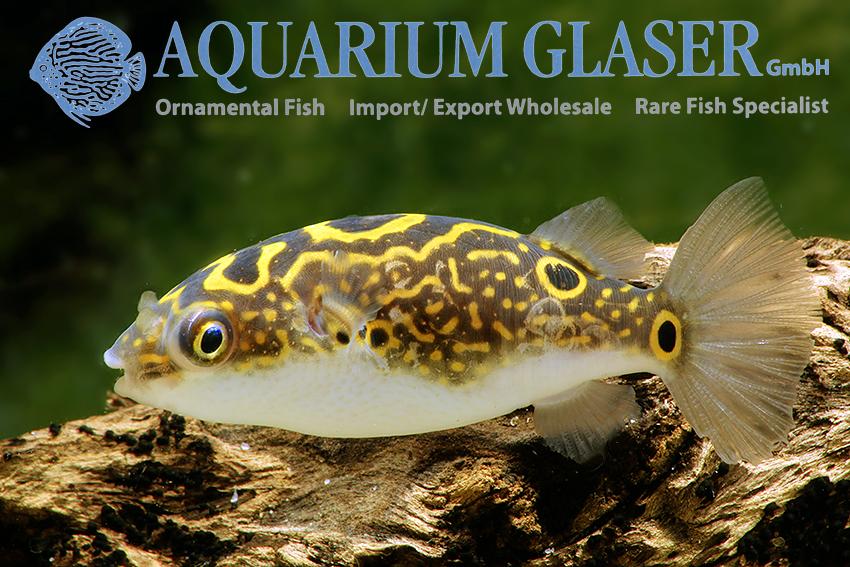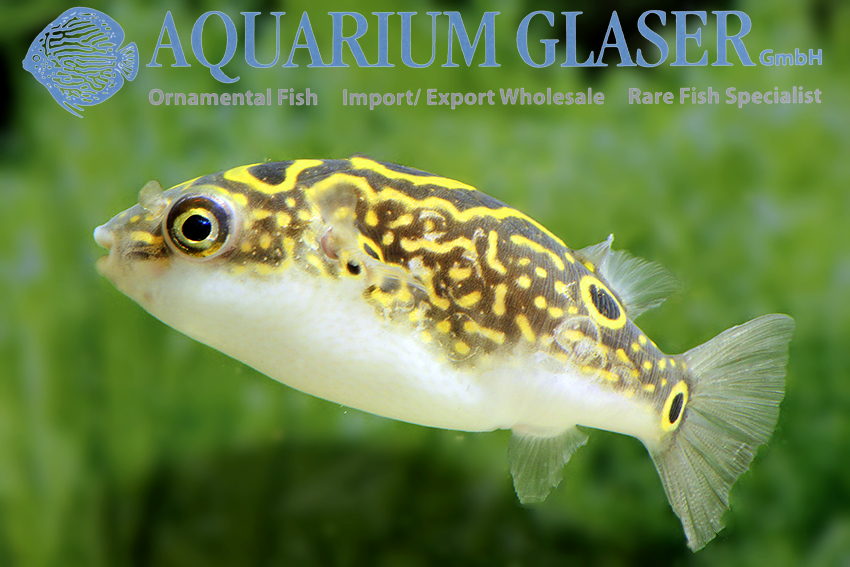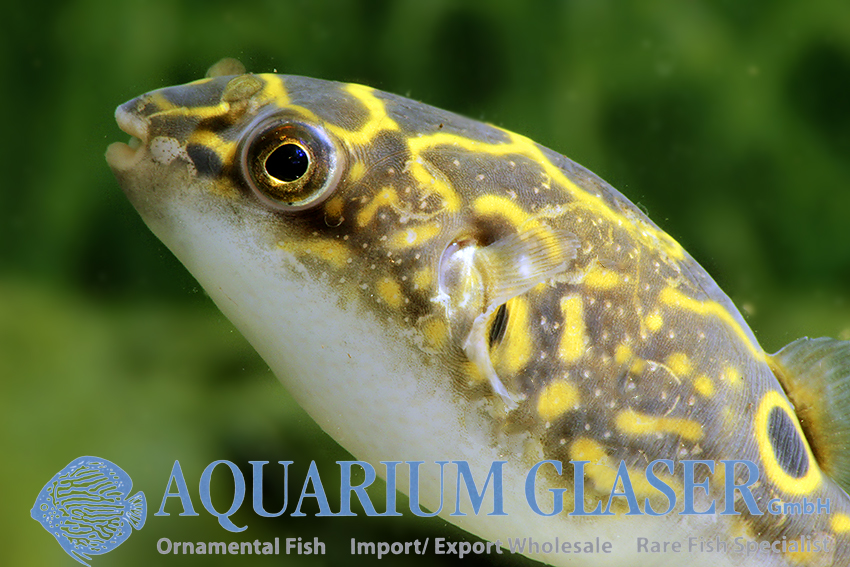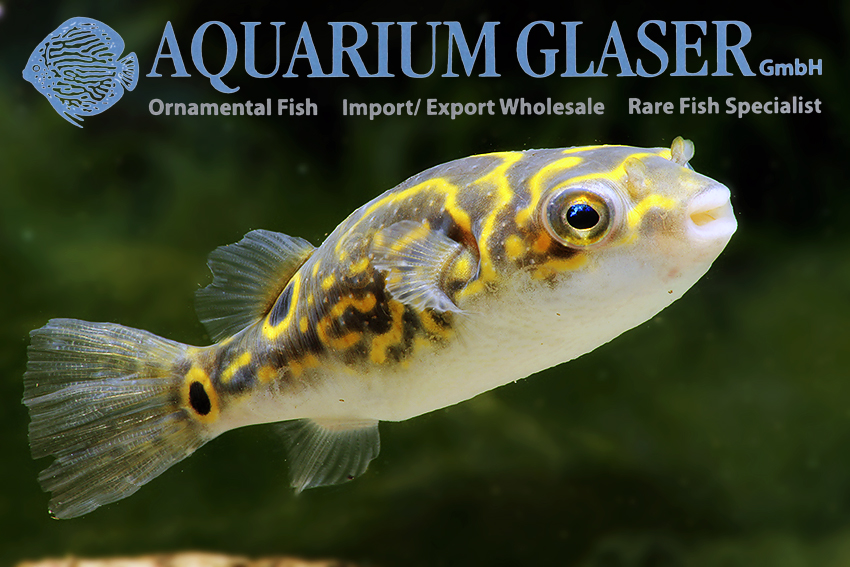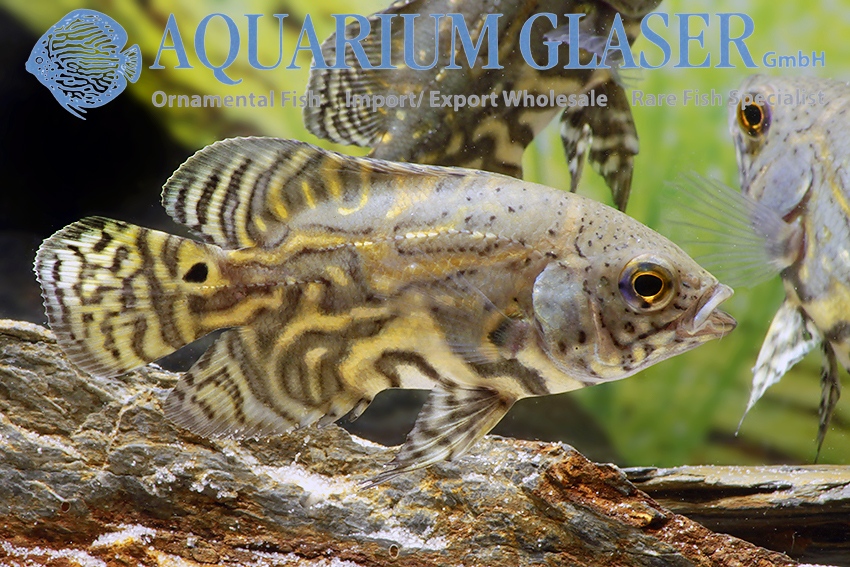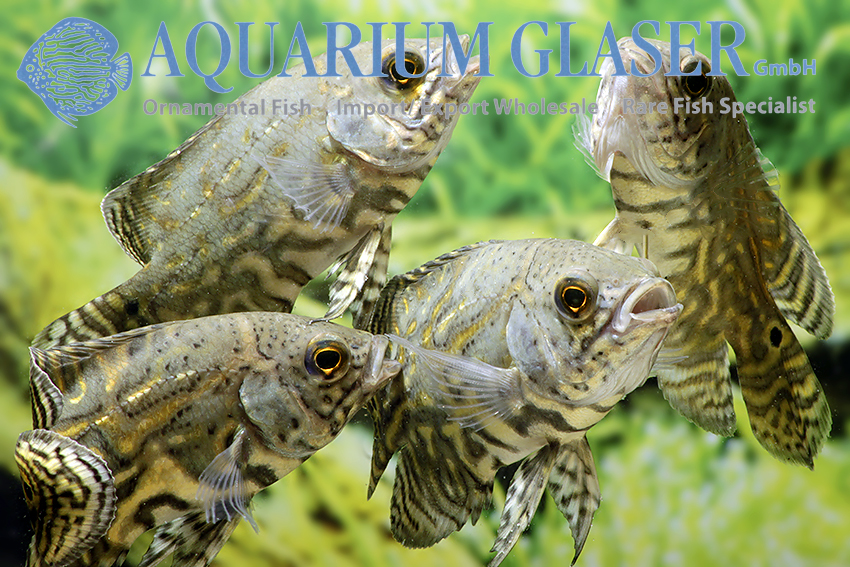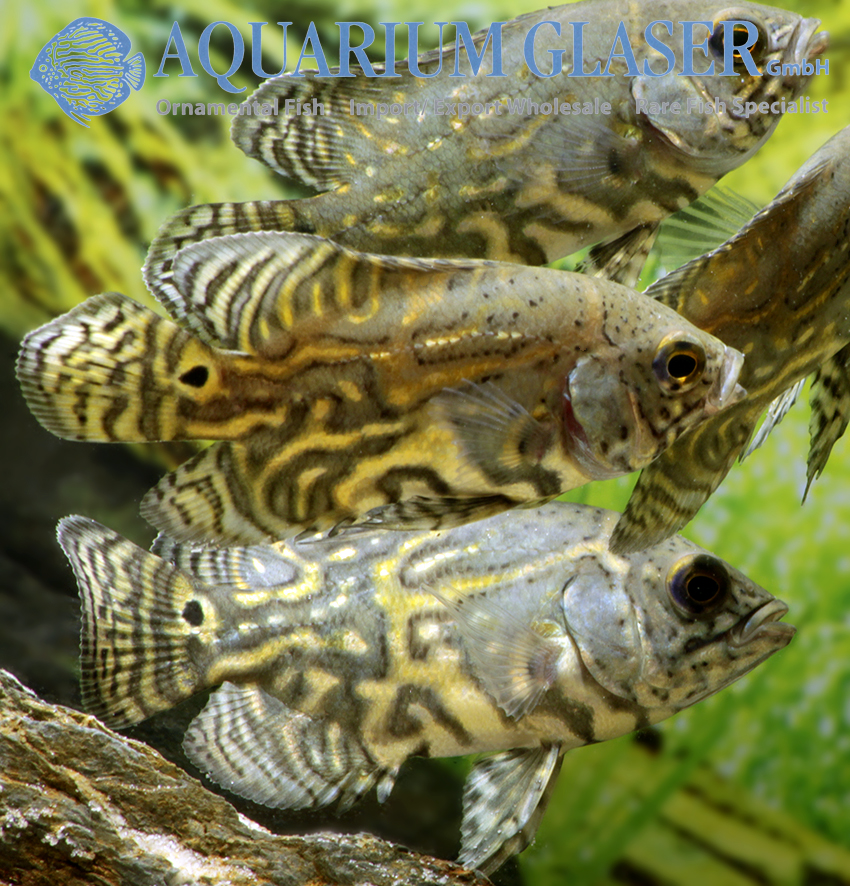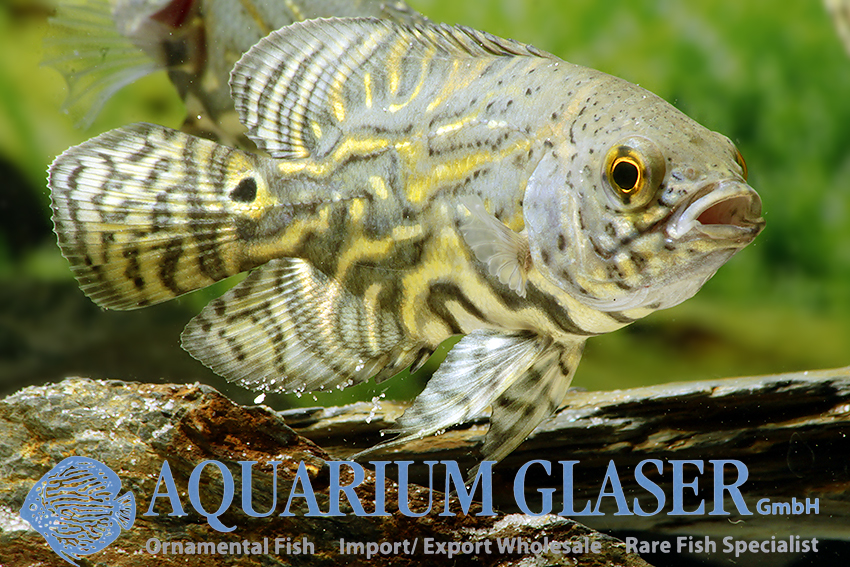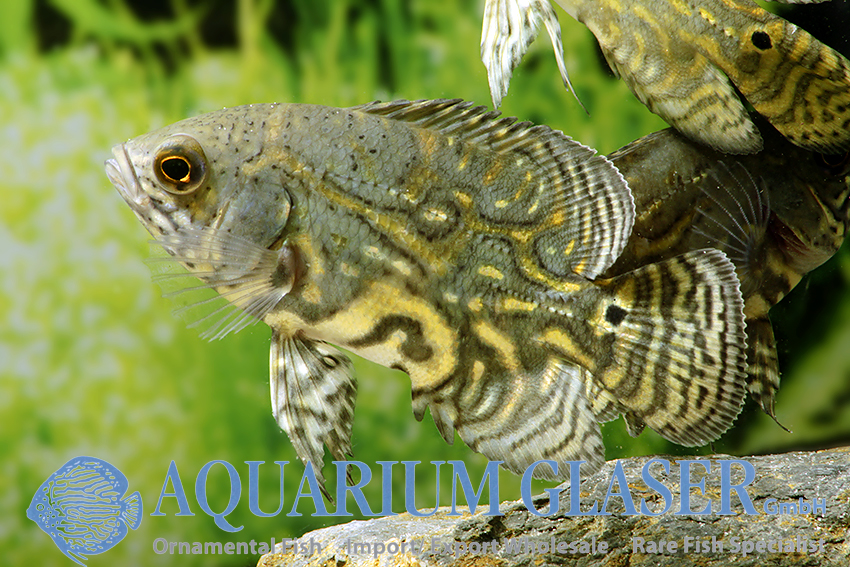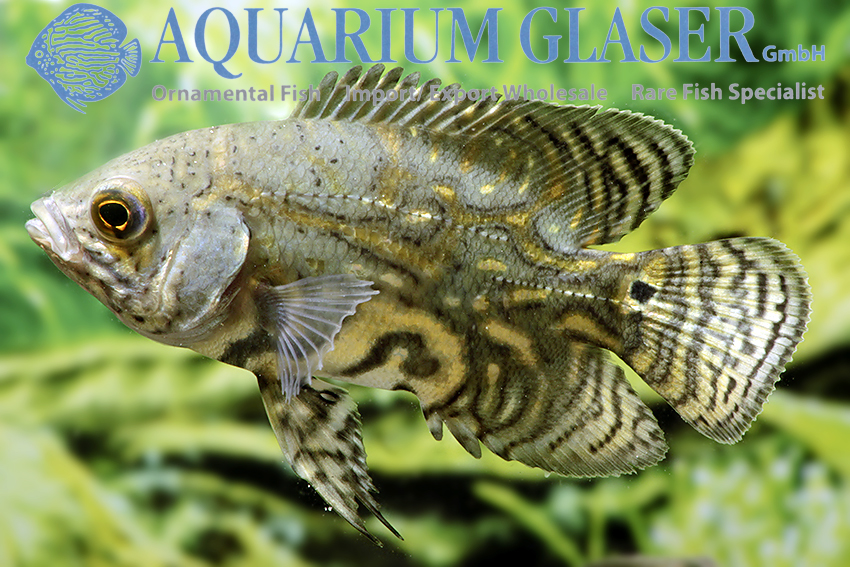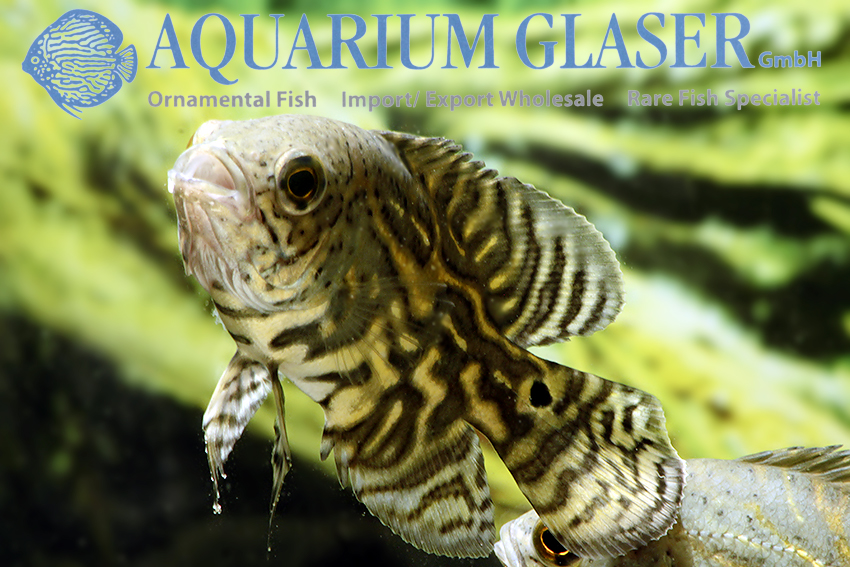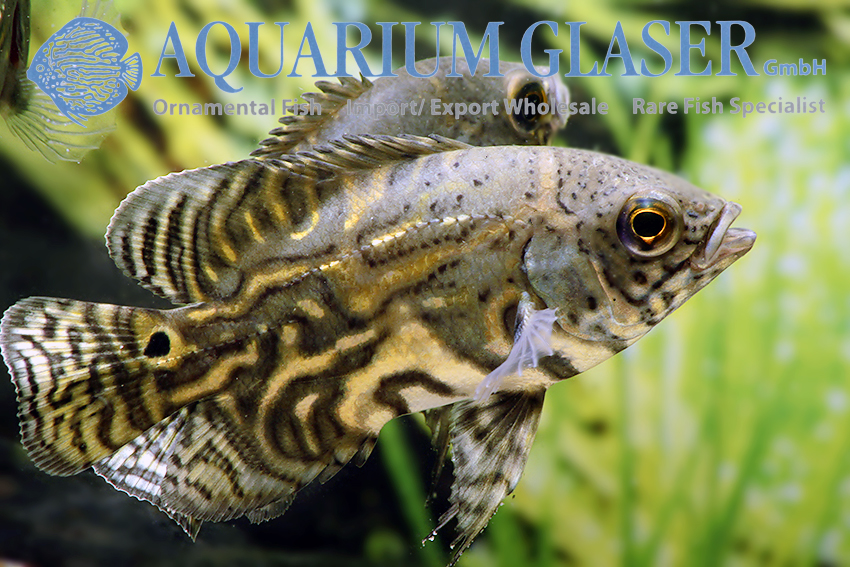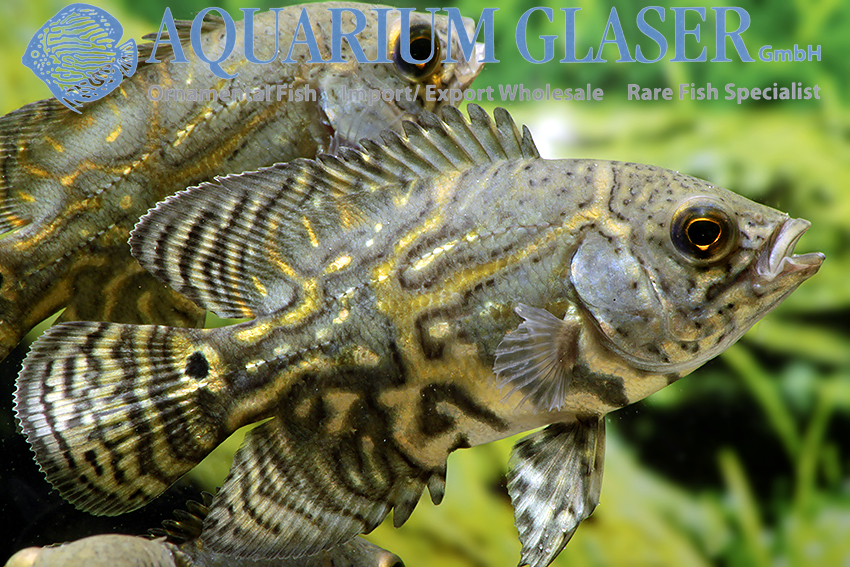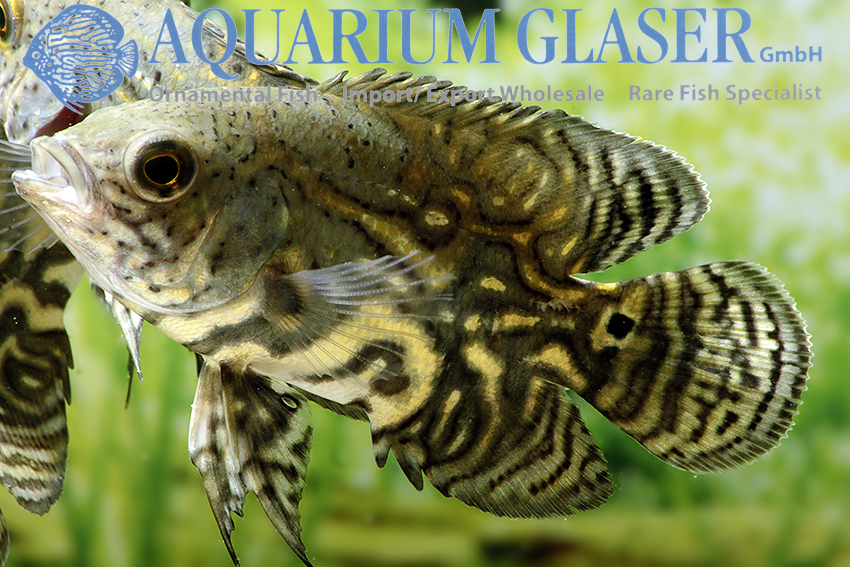Why the Oscar is called the Oscar? Honestly, we don’t know that for sure. But what is certain is that the name originated in the USA. In 1936, an essay by E. W. Clarke about Astrontus appeared in the journal “The Aquarium”. In 1949 Gene Wolfsheimer reported in „The Aquarium Journal“ that the aquarists in California called Astronotus cichlids Oscars (Wayne Leibel, Aquarium USA Annual 2001). But it is also conceivable that the word “Oscar” is a corruption of the scientific name (Astronotus) or the Tupi word for all possible larger cichlids “Acara”. Tupi is the language of the people living in Brazil before the Europeans arrived in America.
The Oscar is despite its stately size – it can become over 45 cm long and 1,5 kg heavy, although such giants are very rare; usually, Oscars become 25-30 cm long – a popular aquarium-fish. Only few species of fish unite so splendid colors and so much charisma, besides, Oscars, at least for fish-continuances, are rather intelligent and are clearly more pet than aquarium-fish sometime.
We have just some very beautiful, 12-15 cm big Oscars of different colors in the stock, that spent their youth in a garden-pond in Southern France and grew up to powerful adolescents. We have no information whether they became special friends of the film “Oscar” with Luis des Funes during their time in France.
For our customers: the animals have code 632906 on our stocklist. Please note that we only supply wholesalers
Text & photos: Frank Schäfer





